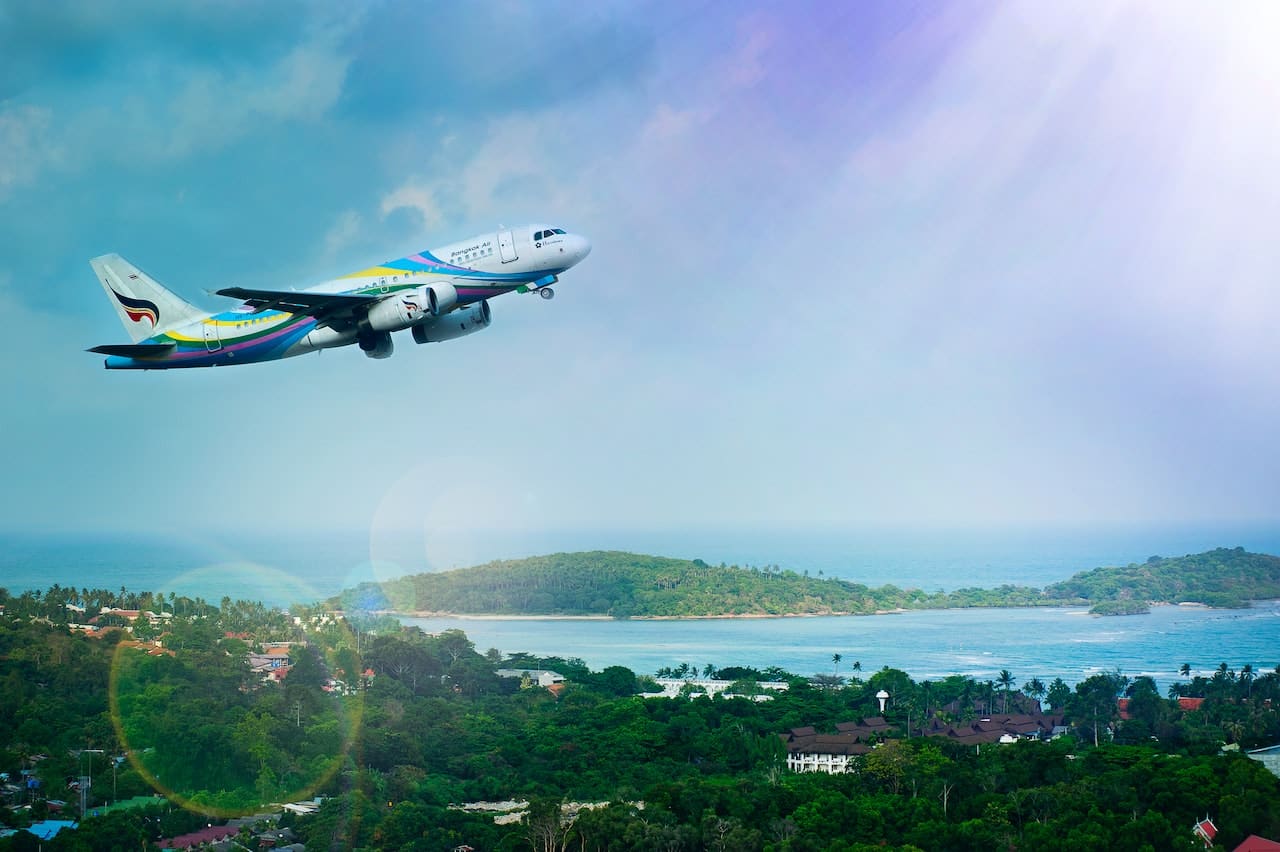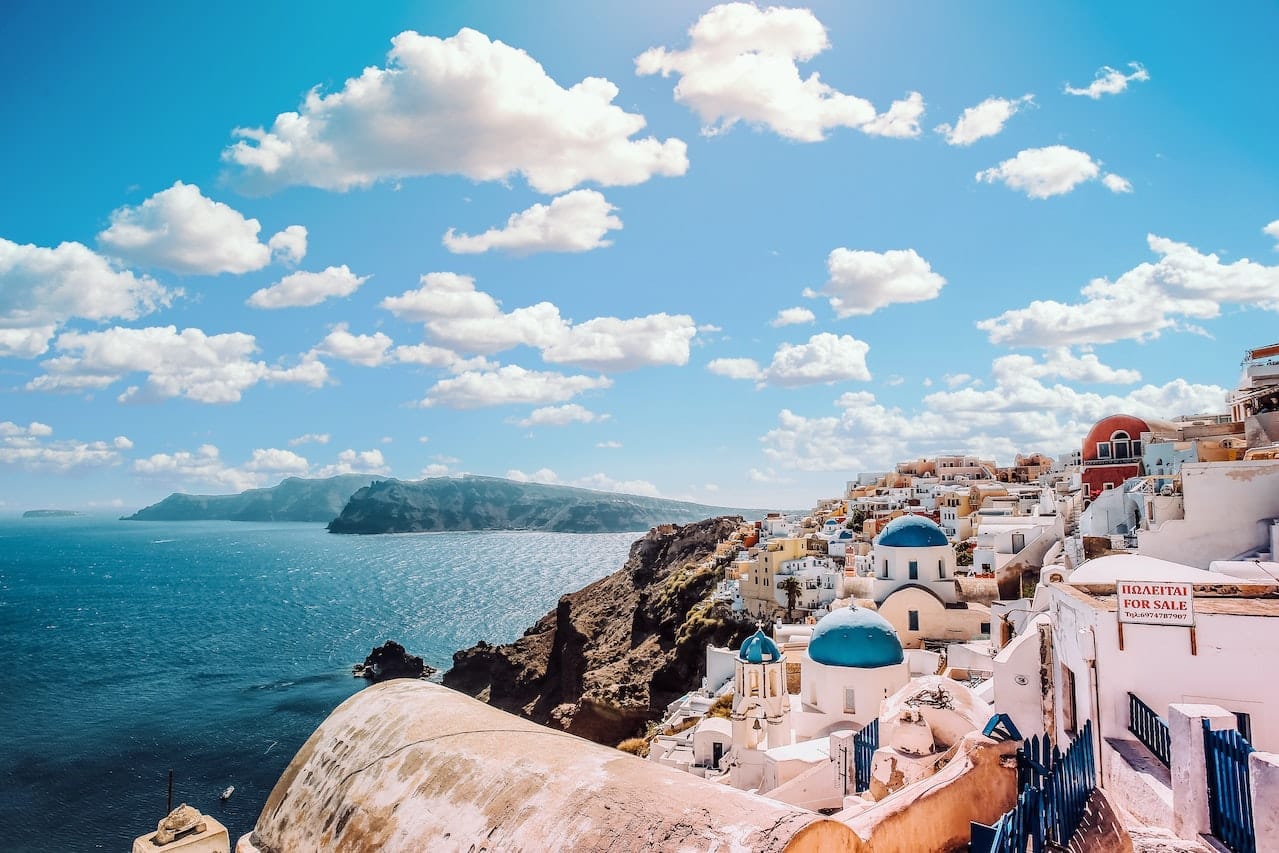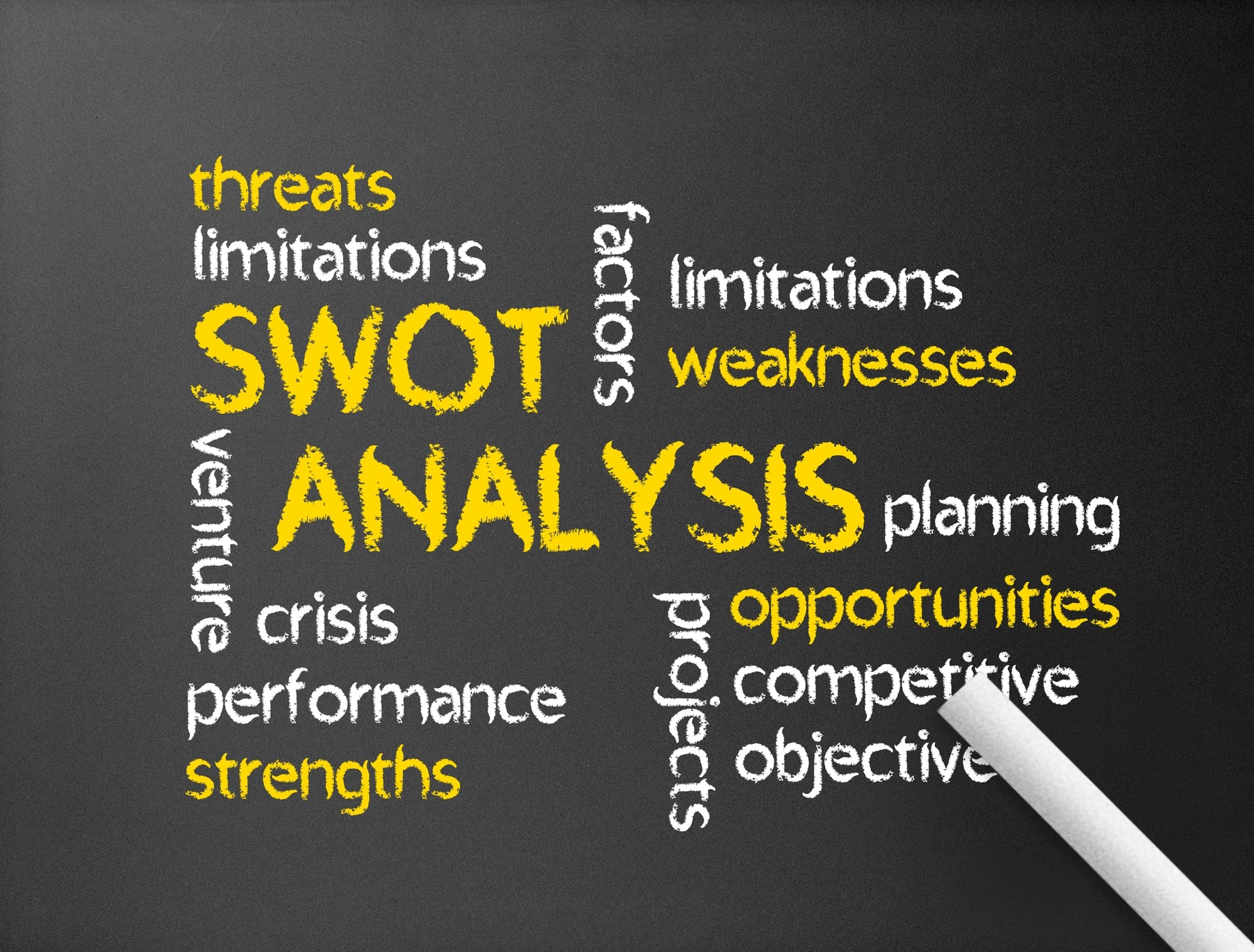Our SWOT analysis of the tourism industry discusses the strengths, weaknesses, opportunities, and threats present for the tourism industry.
Do you ever feel like packing your backpack and visiting new places? If yes, you must be a tourist or a person who loves tourism.
Assuming that you like tourism, today's article will be a treat for you since we will conduct a SWOT Analysis of The Tourism Industry. So pack your bags, and join us on our journey in the tourism industry -make sure also to check out our PESTLE analysis of this industry!
Ever since humans have been on earth, tourism is taking place. Humans have always been curious to explore new places and experience different cultures.
There always have been different reasons to travel. Some people traveled for exploration, such as Christopher Columbus, who discovered America. In contrast, others traveled to hunt, trade, and practice religion.
The earliest accounts of tourism are from the ancient civilization of Egypt, where people used to visit to see the Pyramids. After that, many wars were fought by the Greeks and Romans, and they visited different places.
People migrated and visited different places back then, but it wasn't considered tourism. It was the 17th century when Inigo Jones, an architect, visited Italy on a grand tour with his partners.
In the 19th century industrial revolution paved the way for the tourism industry. As a result of the industrial revolution, means of transport developed. Railways, steamships, and cars came into being, laying the tourism industry's foundation.
Moreover, infrastructure improved as bridges and roads were built. All these developments sowed the seeds of the tourism industry. In the same century, the first package tour was organized by Thomas Cook.
He took a group of people on a train journey with himself. This tour was a milestone in the tourism industry since it was the first pre-arranged tour.

In the 20th century, the tourism industry flourished. People now had more means to travel. Commercial airlines began to operate, making it much easier for tourists to travel globally.
People started traveling more in the late 20th century due to official commitments and business obligations. In addition, as the world became a global village, tourism increased worldwide.
Currently, the tourism industry is one of the biggest industries. In 2019, it was worth almost $10 trillion, equivalent to almost 10.4% of the global GDP. Moreover, it employed almost 334 million people globally.
Since the tourism industry is such a relevant industry in all aspects, today we have decided to conduct a SWOT analysis of the tourism industry.
You may be aware of what SWOT analysis is, but to be sure, let us briefly introduce it to you. SWOT analysis is a simple business technique that is used for highlighting the internal and external factors that affect the operations of a business or an industry.
A SWOT template analyzes any business or industry's strengths, weaknesses, opportunities, and threats. Since we are now done discussing the history of the tourism industry, let's proceed and conduct the SWOT analysis of the tourism industry.
Tourism Industry's Strengths

Every business or industry possesses some strengths. This section will cover several strengths of the tourism industry.
Different Types of Tourism
Various types of tourism exist. Some people just travel to see some country's natural resources or beauty. For example, Pakistan is famous for having some of the highest peaks, so tourists visit Pakistan to witness nature.
On the other hand, some counties have a rich culture, such as Italy. People visit such countries to experience their culture and learn about their history.
Moreover, religious tourism also exists, where people visit countries just to visit sacred places. Since different types of tourism exist, the demand for tourism will likely stay strong.
Developed Infrastructure And Transportation System
The tourism industry highly depends upon a sound transportation system and infrastructure. Fortunately, a large portion of the world possesses a sound transportation system with a combination of public and private transport.
Moreover, many countries also have basic infrastructure such as roads and bridges. This provides a great advantage to the tourism industry since the developed infrastructure and transportation system lay the foundation of the tourism industry.
Demand In Every Season
The tourism industry is such that it experiences high demand all year. No matter what month it is, people are always visiting countries. For example, in summer, people visit countries suitable for visiting in summer.
On the contrary, some countries are to be visited in winter, so tourists plan and visit them in winter. Hence, the tourism industry is operational for the entire year.
Increasing GDP Per Capita
Several things are required for tourism. One of the major things required for tourism is money. If we look at the past, very few people used to visit places. Most of the tourists used to be very wealthy because a majority of the people weren't able to afford it.
However, the global GDP and GDP per capita are rising with every passing year. This means that the living standard of people is increasing globally. As a result, more people can now afford tourism.
Tourism Industry's Weaknesses

Weaknesses in the SWOT analysis refer to a business or an industry's drawbacks. These drawbacks hold back an organization from achieving its true potential. In this section, we will analyze some weaknesses of the tourism industry.
Provides Seasonal Employment
The tourism industry is a trillion-dollar industry. However, it is not very suitable for employment. Every country has a specific season in which tourists arrive.
In that season employees have work. However, there is little work other than that season, so people associated with the tourism industry may have to look for other jobs.
Affected By External Factors
Several external factors impact the tourism industry significantly. For example, recently, the COVID-19 pandemic damaged the tourism industry severely. As a result, for months, no tourism took place. As a result, the tourism industry and the people affiliated with it suffered.
Moreover, it is greatly impacted by natural disasters. For example, if floods occur in a country, tourism will halt. Hence, the tourism industry gets disturbed by external factors easily.
Limitation Due To Infrastructure
Having a well-developed infrastructure is very important for tourism. However, many developed countries in the world do have developed infrastructure.
However, many developing countries don't have the proper infrastructure to facilitate tourism. As a result, the tourism industry is not prospering in those countries.
Expensive
Tourism has become common and less expensive compared to the past years. However, still, it isn't considered very affordable. This is because one of the main ways to travel is through commercial airlines, and the airfares are not cheap.
This holds back a lot of potential tourists from traveling, and as a result, the tourism industry suffers.
Tourism Industry's Opportunities

The opportunities section in the SWOT analysis highlights the chances that are available for a business or an industry to prosper. So let's take a look at the opportunities that are present for the tourism industry.
Increasing Demand For Tourism
Tourism is linked with several other factors. A tourist needs a lot of things to travel—for example, money, resources, time, etc. Over the years, it has been witnessed that the demand for tourism has increased.
There are several reasons for that. For example, the GDP per capita has increased globally, which means people's living standards have increased, due to which tourism has also increased.
Other than that, as machines and automation has made our lives easy, individuals now have more spare time. People are using that time for tourism.
As the Global GDP is further expected to increase, the demand for tourism is also likely to increase.
Emerging Markets
Several countries are developing at a rapid pace. These countries can help the tourism industry is growing significantly. Countries like Taiwan, India, and Indonesia are experiencing growth. Hence, the living standard of people in these countries is improving.
Soon, a huge number of people from these countries will travel all over the world, which will benefit the tourism industry. Moreover, people from other countries would also travel to these newly emerging countries, increasing tourism.
Technological Advancements
Technology helps every industry is growing. Similarly, innovations in the tourism industry, such as virtual reality, can help attract tourists. Moreover, using social media platforms for marketing can also increase tourism.
Other than that, artificial intelligence and data analytics can help touring agencies identify trends in tourist data. Then, looking at these trends, strategies can be made to attract tourists.
Moreover, online platforms that carry out bookings of resorts and hotels can improve the user experience and facilitate tourists. As a result, more people will be willing to travel, and the tourism industry will experience a boom.
Tourism Industry's Threats

This is the last section of the SWOT analysis. It highlights the threats present for a business or an industry. This section will analyze some of the threats to the tourism industry.
Global Recession
Tourism always requires a lot of money and time. An individual who has a stable source of income can travel. Although many people have a stable job right now, that might not be the situation within a few months.
The world is standing on the verge of an economic recession. This means that soon unemployment will rise and the standard of living will fall. Moreover, the uncertainty will rise. Hence, people will avoid spending money on luxuries.
This will damage the tourism industry significantly since the demand for tourism will fall in case of a recession.
Increase In Natural Disasters
Climate change is a reality that the entire world has accepted. But unfortunately, due to climate change, the frequency of natural disasters has increased significantly. Natural disasters have an adverse effect on the tourism industry for several reasons.
Whenever a natural disaster like a flood or a storm occurs, it damages the infrastructure. But, on the other hand, Tourism requires good infrastructure. Hence, natural disasters push away tourism.
Moreover, if a country experiences natural disasters, tourists find visiting that place risky and avoid traveling there. Due to this, the entire traveling industry suffers.
However, an increase in the frequency of natural disasters poses to be a threat to the tourism industry.
An outbreak of A Pandemic
The tourism industry never suffered this much as it has suffered because of the COVID-19 pandemic. For months all types of tourism were banned by the governments, due to which the tourism industry suffered a loss of billions of dollars.
Currently, several viruses, such as monkeypox, can be transmitted and cause the entire tourism industry to halt its operations. Besides that, another wave of COVID-19 can shut down the tourism industry, resulting in severe losses.
Final Thoughts on Tourism Industry's SWOT Analysis

Tourism Industry is one of the biggest industries that operates globally. People have been traveling and performing tourism for ages. However, it wasn't practiced in an organized way until Thomas Cook arranged the first package tour.
From then onwards, people started touring places. The industrial revolution played a significant role in establishing the tourism industry by developing the infrastructure and means of transport.
This article first provided insight into the tourism industry, then conducted a SWOT analysis of the tourism industry. In the SWOT analysis, we discussed the strengths, weaknesses, opportunities, and threats present for the tourism industry.
After reading this article, you must have learned about the internal and external factors impacting the tourism industry.
Moreover, this article must have taught you how to conduct a SWOT analysis. Another way of representing the findings of this SWOT analysis is through a SWOT Matrix or a SWOT table.
We hope that you will have enjoyed this article. If you want to read more about SWOT analysis, here are some of its examples.


